Olympic and World champion hurdler, Sally Pearson, OAM, Gold Coast, is partnering with doctors, patients, and politicians today, to release key findings from the Healthy Bones Australia ‘Know Your Bones Community Risk Report’ Third Edition, 2023 at a Parliamentary Friends of Aged Care event in Parliament House, Canberra, prior to World Osteoporosis Day this Friday.
The Healthy Bones ambassador, who clipped a hurdle and shattered her wrist at an international athletics meet in Italy during 2015, is championing the importance of understanding the risk factors for developing osteoporosis.
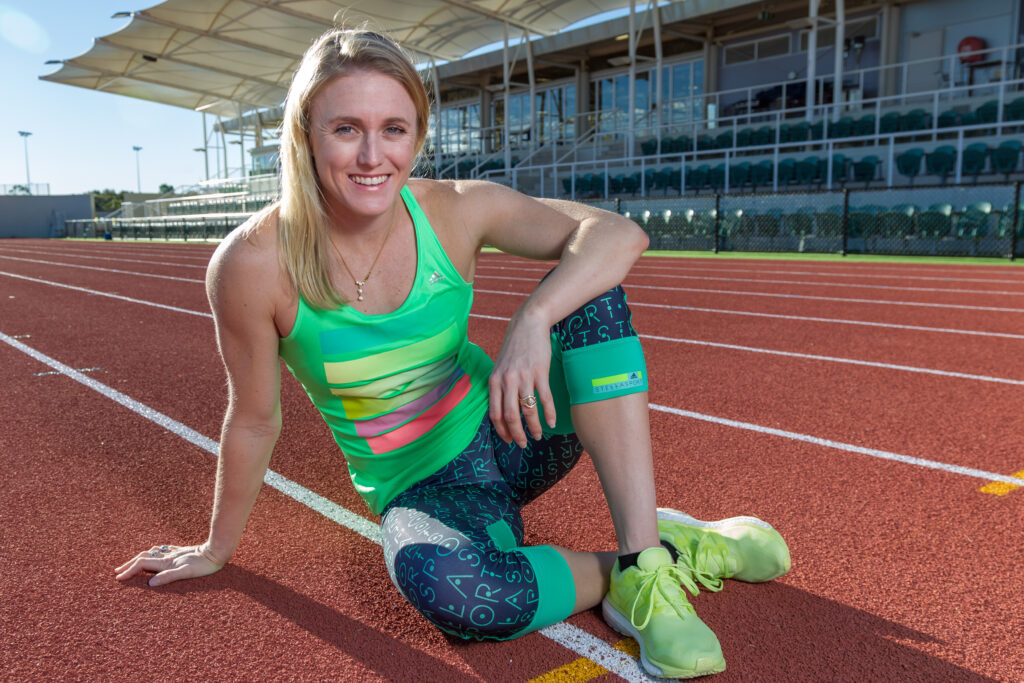
Sally was shocked by the difficult recovery process from her shattered wrist, which significantly compromised her mobility, independence, and mental wellbeing.
“The rehabilitation process was more traumatic than the actual fracture. Thankfully, because my bones were generally quite strong, I was able to mount a successful recovery from my injury, and to win my second World Championship in 2017.
“This is not the case however, for many Australians living with osteoporosis,” said Sally.
“We know that too many people are suffering unnecessarily from broken bones that could have been prevented.”
The new report summarises data from more than 104,000 Australians who have completed the Know Your Bones online self-assessment tool. Developed by Healthy Bones Australia in partnership with the Garvan Institute of Medical Research, the tool helps Australians understand their potential risk for developing osteoporosis, and provides personalised recommendations to improve bone health, which can be shared with a GP for further discussion.
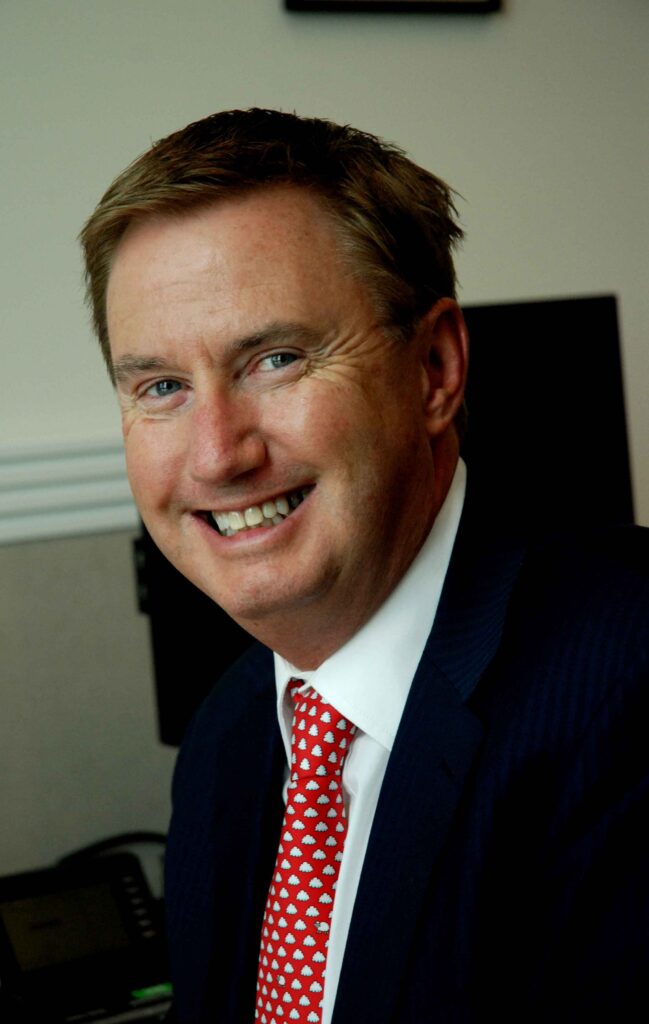
According to Healthy Bones Australia Chair, Endocrinologist, and Head of the Department of Medicine, School of Clinical Sciences at Monash Health, Professor Peter Ebeling, AO, FAHMS, Melbourne, the report reveals significant under-investigation and inadequate treatment in those at risk of osteoporosis.
“The report is showing gaps in care, with one-in-two (52 per cent) adults who reported a bone fracture, yet to undergo a bone mineral density (BMD) test to investigate their bone health.
“Of those respondents who reported a fracture, 87 per cent are not taking osteoporosis medication, while the vast majority have lifestyle risk factors,” Prof Ebeling said.
As a result, the new report calls for earlier investigation of bone health through bone mineral density testing (BMD), and prompt medical intervention to reduce the impact of preventable fractures. Furthermore, it urges Australians to lead a bone-healthy lifestyle to minimise their risk of bone fractures and osteoporosis.
CEO of Healthy Bones Australia, Mr Greg Lyubomirsky, Sydney, said “We are pleased so many Australians are using this self-assessment, which represents a simple first step to checking bone health. However, we need to close this gap between identifying risk factors and taking action.
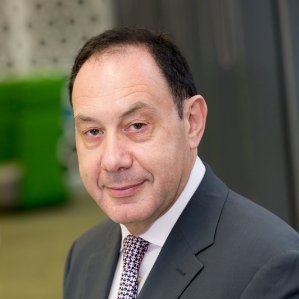
“More than one-third of respondents reported a clinical risk factor (36 per cent), yet only half (52 per cent) reported having a BMD test.
“The report also confirms lifestyle risk factors are common, and addressing inadequate calcium and vitamin D levels, lack of exercise and smoking, excessive alcohol intake, are important for supporting bone health,” said Mr Lyubomirsky.
Healthy Bones Australia Medical Committee Deputy Chair and Specialist Endocrinologist at St Vincent’s Hospital, Dr Weiwen Chen, Sydney, explained “Fractures from poor bone health can severely disrupt life and mobility. Those affected are often unable to work, drive, shop, or perform simple household tasks.
“Any fracture is serious, and sustaining a first fracture can double your risk of re-fracture,” Dr Chen said.
“We need to improve investigation rates for those living with risk factors for poor bone health, or those who have already broken a bone, particularly given BMD testing is widely available, and reimbursed via Medicare for many risk factors, and for those aged 70 years or over.”
Carole, 69, Central Coast, NSW, was diagnosed with osteopenia (low bone density) just after her 50th birthday. While clearing a garden drain, Carole was startled by a lizard that jumped onto her shoulder. She jolted suddenly in response, causing her to fracture her spine. She then spent the next three months in hospital, regaining mobility.
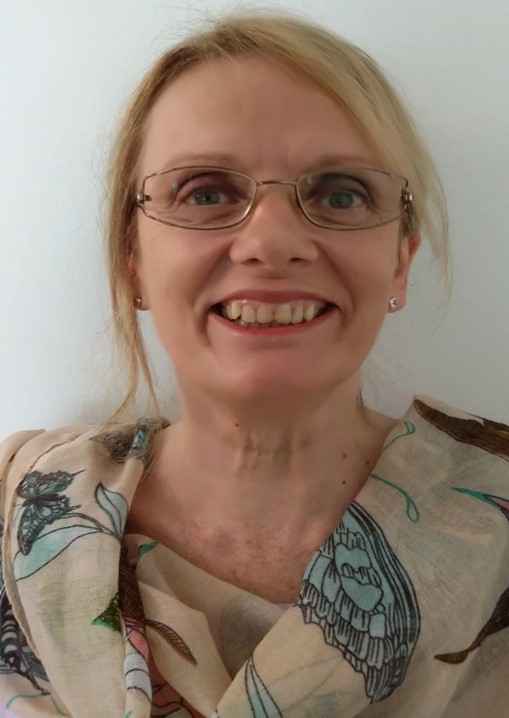
“I had to learn to walk again. I’ve also lost height due to the damage I sustained to my lower spine.
“You just don’t realise, or recognise, the damage that fractures can cause, until they occur,” said Carole.
“It’s time that people took their bone health very seriously and recognised that by taking action sooner rather than later, painful fractures may be avoided.”
Elaine, 59, Melbourne, was diagnosed with severe osteoporosis at 55. Though she relishes the precious time she spends with her grandchildren, her life-altering diagnosis has left her feeling fragile and has limited her mobility.
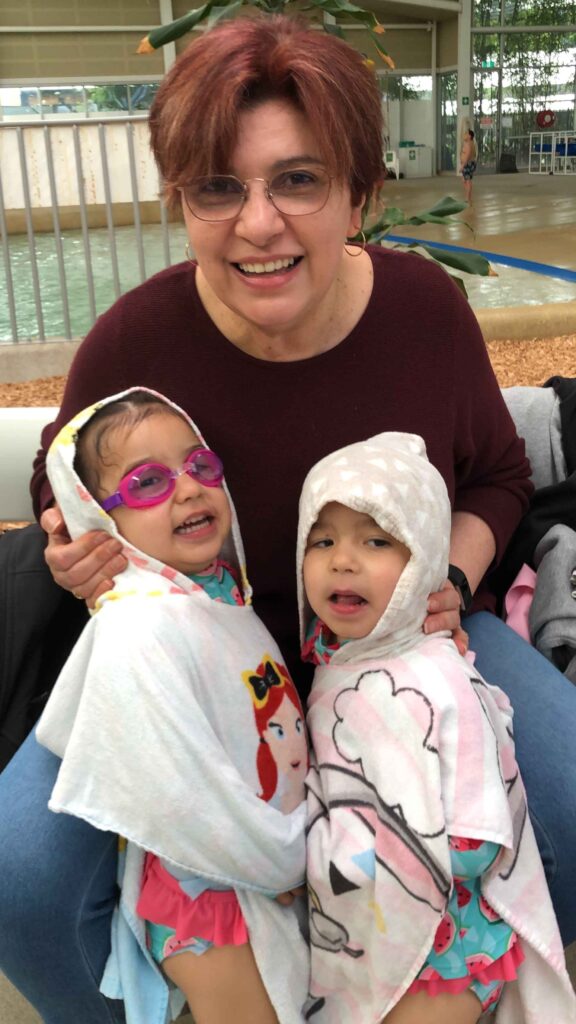
“Not being able to lift my grandchildren has been devastating. I had always dreamed of being able to play with them, and babysit when needed. But now someone else has to pick them up and put them on my lap.
She believes Australians aged 50 years and over with risk factors for osteoporosis, need to be routinely investigated.
“I know first-hand the impact of osteoporosis. My late diagnosis has resulted in years of ongoing pain and many fractures. Had I been diagnosed prior to fracturing, perhaps I would not be living this restricted lifestyle,” Elaine said.
“I encourage every Australian to protect their bones by taking the Know Your Bones self-assessment, and having a bone density test if they have risk factors for osteoporosis.”
Marilyn, 68, Sydney, was diagnosed with osteoporosis at 65 after she fractured her arm from tripping over some netting designed to prevent bush turkeys from entering her garden.
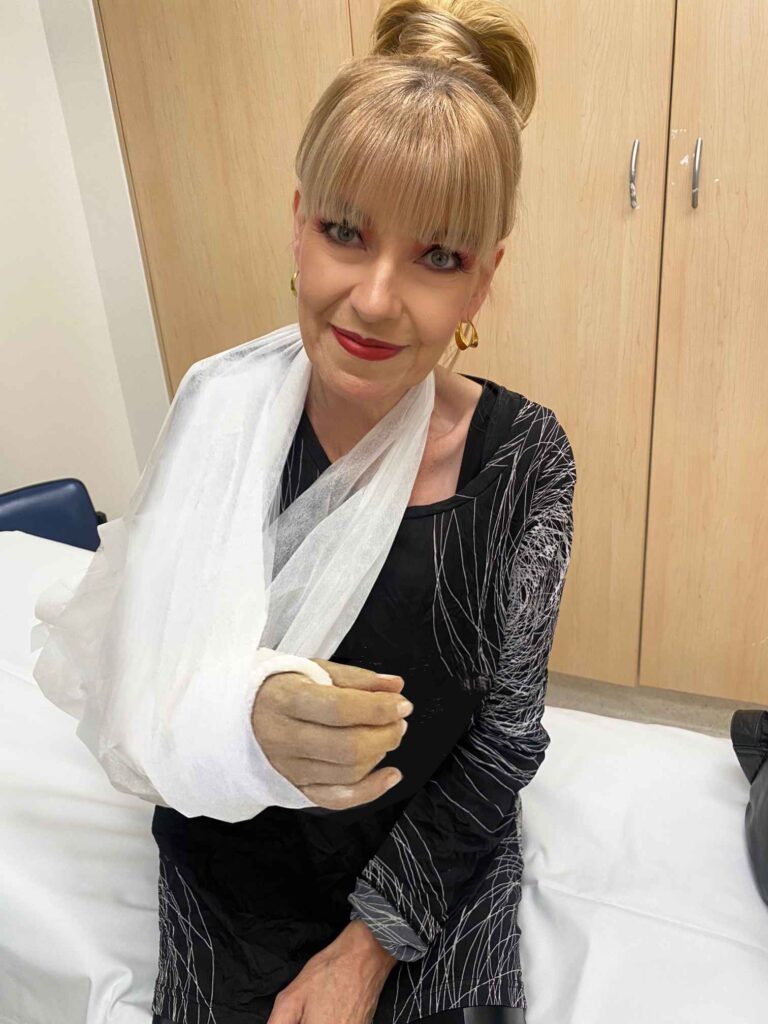
“They explained I had a couple of risk factors for osteoporosis, and suggested I undergo a bone mineral density test and other scans to determine my risk of future fracture, and osteoporosis.
“I never expected I had anything wrong with me. In fact, I didn’t even know I was at risk of osteoporosis,” said Marilyn.
“I encourage Australians to visit ‘Know Your Bones’, so they can understand their risk factors for poor bone health, and talk to their doctor if required, to get an earlier diagnosis,” Marilyn said.
Kimberley, 43, Brisbane, was only 31 years of age when she was diagnosed with pregnancy-related osteoporosis.
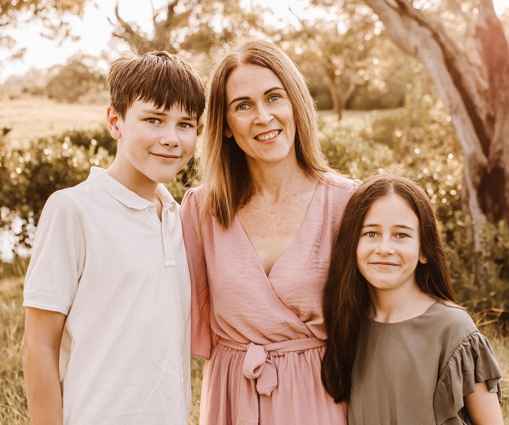
“Like many other Australians, I mistakenly thought osteoporosis was a disease of older people.
“Accurate and early diagnosis is imperative. My life could have been so different, had I received an accurate diagnosis when first presenting to a medical professional,” Kimberley said.
Kimberley was fearful of sustaining further fractures when doing simple tasks, such as bathing her children, or changing their nappies.
“What are we without healthy bones? We need to protect our bones and focus on prevention.”
To learn more, or to take the Know Your Bones self-assessment, head to: www.knowyourbones.org.au.
Should you suspect you are living with brittle bones, or osteoporosis, see your doctor without delay.
